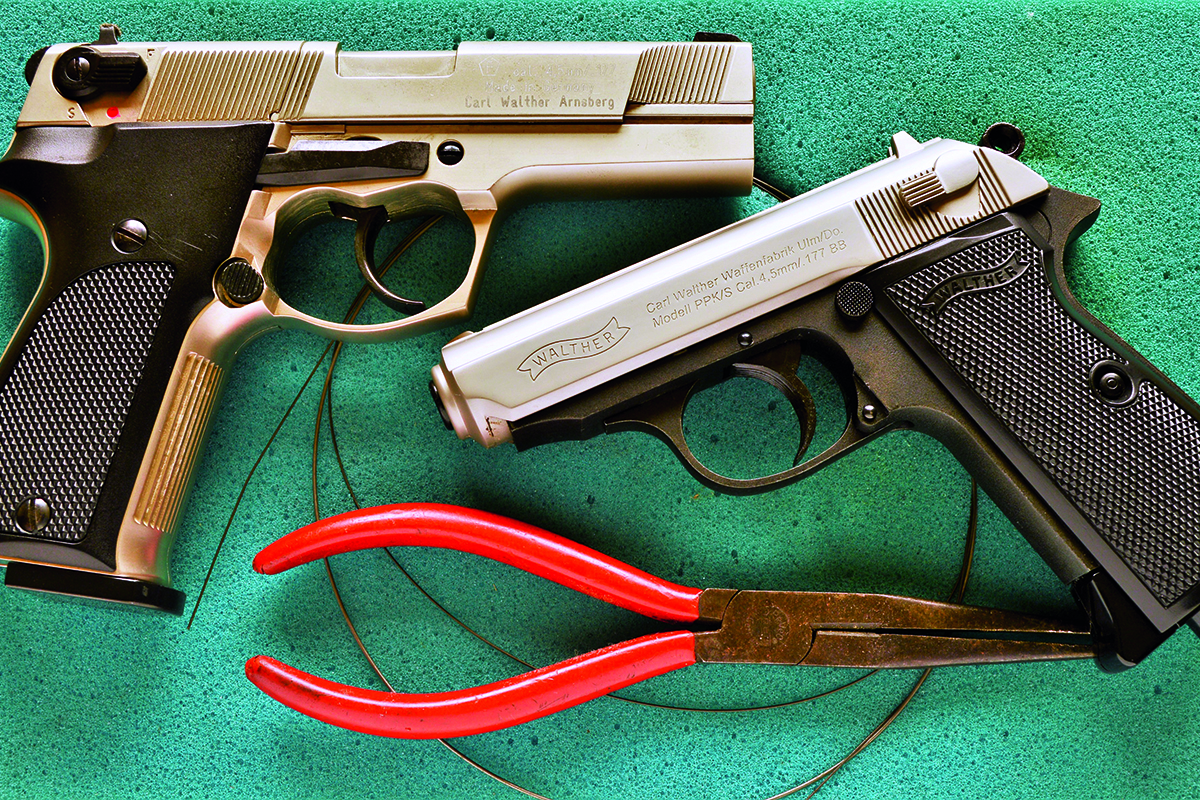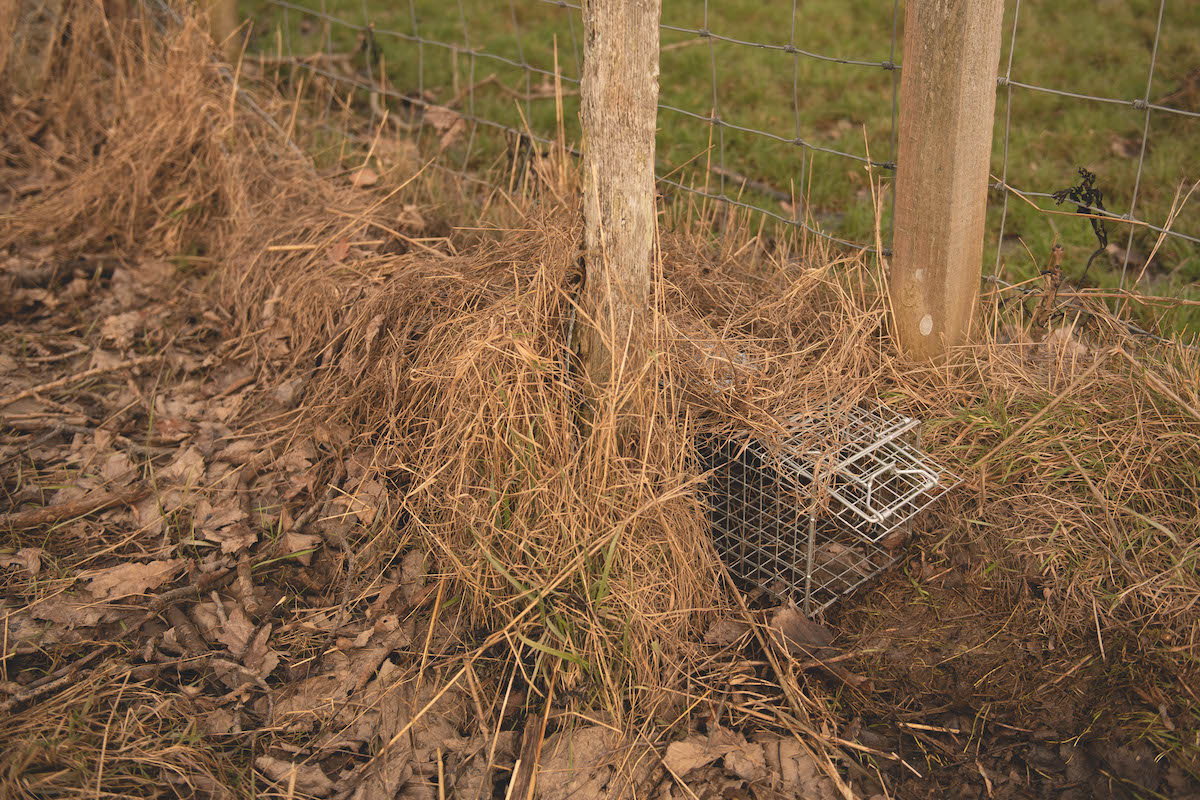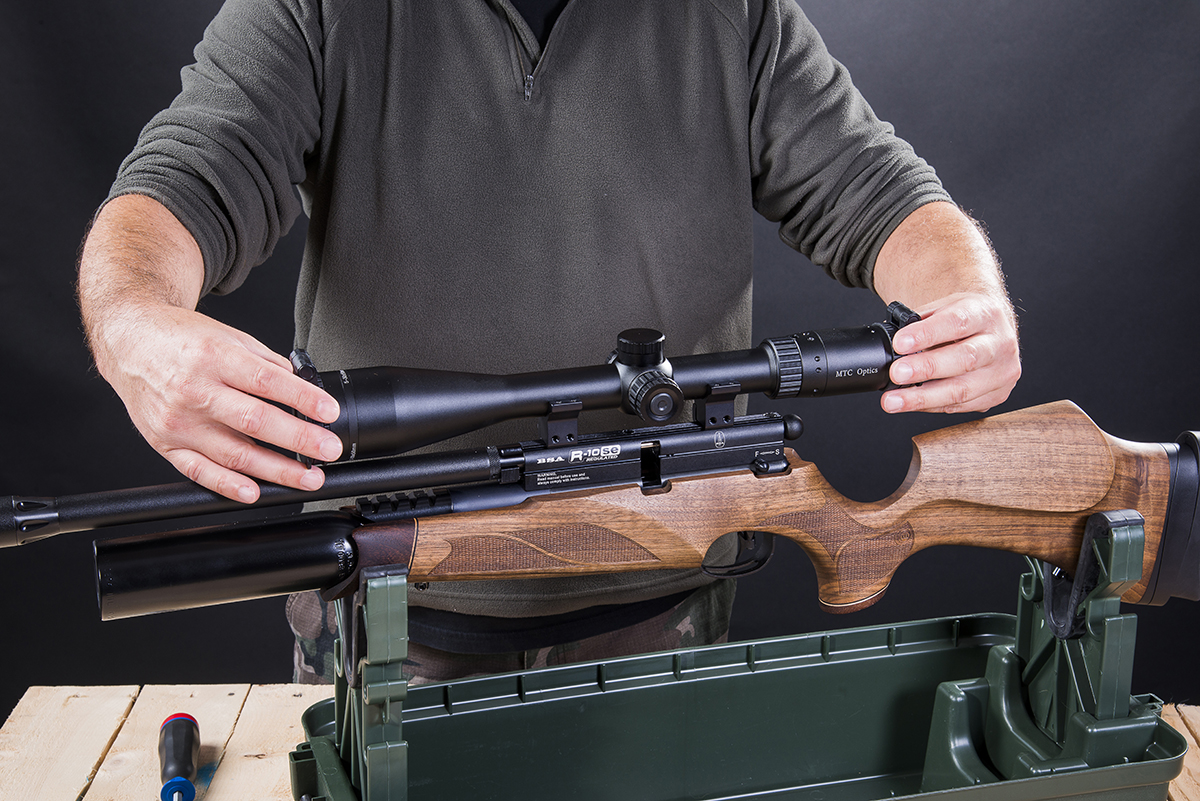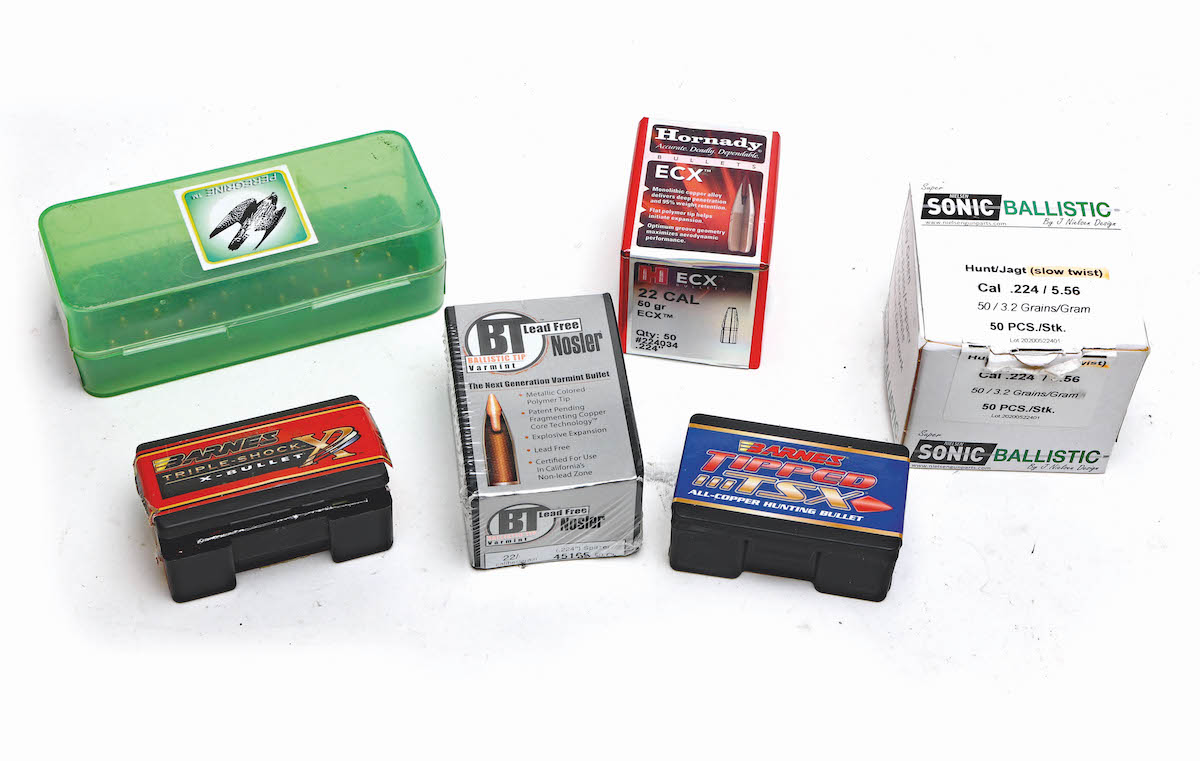How to make your own airgun replacement springs
Thanks to some tips from Jonathan Young, even a gunsmithing novice can easily and cheaply fabricate their own replacement springs

Tinkering with airguns and doing light repairs will come naturally to many shooters, who quickly learn to appreciate how even seemingly insignificant parts have an important role to play. Take the example of a simple flat spring: with some air pistols, and especially CO2 types, if one of these tiny springs is broken or missing, then the gun’s safe and reliable operation can be adversely affected.
Let’s look at the Umarex PPK/s, which is a CO2 pistol that has been around for nearly two decades. Despite its simplicity as a smoothbore BB shooter it’s much loved by airgunners and collectors alike, and amazingly it is still in production. One little spring that does not appear to do much lies hidden under a larger flat panel to the side of the breech, and both are retained under the moving top slide.
This skinny piece of nothingness is the hold-open or slide stop catch spring, and is attached to the back of the stop catch.
One end fits through a micro-hole in the casting. The other end is free and pushes against the plastic breech. When in place in the breech recess, this holds the catch closed. In use, the catch is nudged upwards, overcoming the spring’s tension by the rising BB follower on the side of the magazine. On the last shot, contact between the two parts is made and the catch is pushed up, jamming the top slide back and simply disabling the pistol as a reminder to reload. Without this spring the pistol will continue to fire – but only gas.

Small parts have a big role to play in the correct function of a gun – the trigger bar on this CP88 is forced up and held in place by a hidden spring
Weighing the cost
Another example is the more recent KWC M712 CO2 BB blowback. It’s not field-strippable in the true sense, but the upper and lower frames can be separated. To the right of the lower frame there’s an alloy plate that has a tiny spring behind it, and this can go ping if the plate falls away.
These simple flat linear springs exist on many CO2 air pistols. Look hard on the schematics and you’ll find them lurking somewhere. You will know soon enough when one snaps or gets lost. They operate simply by providing tension against two parts. They don’t cost a lot to buy from stockists, but when you need one they may be temporarily unavailable, and even if they’re in stock the cost and postage can make a tiny part cost a fiver.
One all-time favourite air pistol is the Umarex CP88. Compared with the PPK/s, this is a very much more complicated pellet-firing pistol. That said, it relies on one very similar thin flat wire spring. Replicating an original firearm design, the trigger bar is external, connecting to the hammer. Under the right grip panel a flat stiff spring is used to tension this trigger bar upwards. Without that spring the trigger would just wobble, doing nothing.
Does this mean the gun is broken? No, but it’s certainly faulty. The hammer can still be cocked and released if the trigger bar is pushed upwards manually, but fiddling around trying to deal with a niggle like this on a gun charged with gas and loaded with pellets can lead to an accident. Also, dropping one of these heavy Umarex pistols in a finger-fudging faff will mean a bigger repair.

If parts like these pop out of position, sometimes even falling into the CO2 capsule housing, it may mean the pistol simply will no longer work
So in order to avoid trouble, fix all niggles properly and as soon as possible!
The option exists to replicate these flat-section springs at home using tensile steel wire of the type used by model and railway hobbyists, which is available in different gauges. This wire is very hard, and so is extremely stiff to cut. Whilst scissors may be okay for the thinnest gauges, the best tool will be proper wire snips.
As the steel is tempered, the cut pieces will go flying skyward at speed, so always use safety eyewear when cutting wire. And to avoid hours searching for bits in the carpet, one tip is to cover the snips with an old rag or T-shirt to catch the wire as it’s cut.

The first attempt at making a replacement will usually be unsuccessful, and it may take several tries before a usable spring has been reproduced
Getting creative
It’s best to have an original spring to work from, however it’s surprising what desperation can do for creativity. If it’s missing, some guesswork will be needed as to where and at what points the spring was designed to fit to. A schematic or parts diagram will show what the spring is meant to look like and also roughly where it is meant to fit. Despite the tiny size and the confusion faced when looking inside any CO2 air pistol, the function is always very simple.
This is to brace against one or more parts to create tension. It is a case of deciding where and when to bend the wire to fit into a space. On occasion one or both ends can be turned in at right angles to create a lock into the frame or the part being tensioned.

With the replacement fitted, the assembly is now under tension, and when the plate is in the down position it lets the top slide move with each shot
The PPK/s has a very fine wire, with an outside diameter of around 0.35mm that passes through a tiny hole in the back of the catch plate and sits on a round nub, with the other end free. It’s a length of wire wrapped around a former, with the two ends snipped to length. The CP88, on the other hand, uses a meatier piece of wire.
For this, one end was gripped in a pair of pliers and the wire bent at right angles. This was the starting point, with any lengths and any turns then bent in.

This Walther PPK/s plate makes use of a really tiny spring – if the top slide is removed then this assembly may fall away from the frame
For some springs with rounded curves, it can be easier to start by replicating the bend and then progressing to the ends. Handles of tools or other objects can be used as formers for bending. Pens in different diameters work really well. Tapered handles are even better as they offer a number of different diameters depending on where the wire is wrapped around the shaft.
Bend, twist, bend back or bend in? Each spring design will pose its own questions before work starts. Continuing to wear eye protection will help avoid nasty accidents when manipulating this type of extremely stiff tensile wire.
The first attempt can almost always be guaranteed to be a fail, and that £5 posted piece will seem more appealing. But just remember when you need something it can take ages to find it. With patience the home fabrication method can work very well and costs nearly nothing per spring. It should take only a few attempts to get a working spring. With one done, admittedly after some fudging, it then pays to make a few more at the same time. You’ll thank yourself for doing this the next time one goes missing!

When the magazine is empty, the plate is now pushed up to block the moving top slide – it’s amazing what this little spring can do








